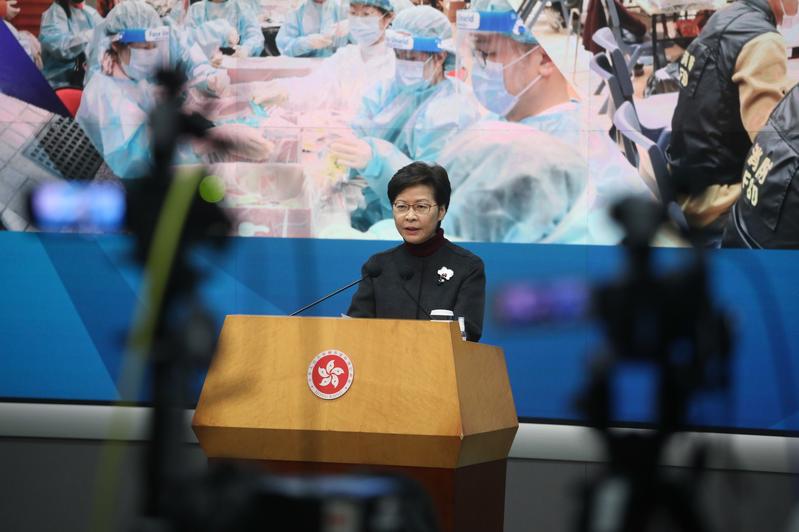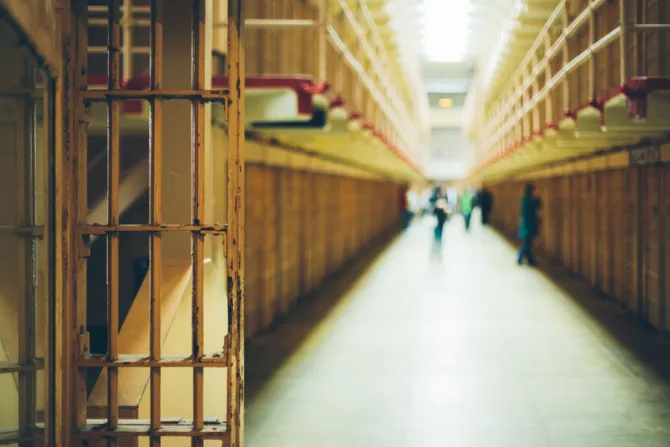This article has been reviewed according to Science X's editorial process and policies. Editors have highlighted the following attributes while ensuring the content's credibility:
fact-checked
trusted source
proofread
Biofuels tested in steam, diesel locomotives to cut CO2 levels
NIKKO, Tochigi Prefecture--Steam and diesel locomotive operators are testing replacing environmentally unfriendly power sources for the trains to help reduce carbon dioxide (CO2) emissions.
Tobu Railway Co. embarked on a test run on Jan. 31 to see how well the train SL Taiju can operate in the Kinugawa region of Nikko partly powered by plant-derived materials.

The biofuel is being used to continually maintain the steam locomotive engine’s fire, which then protects their boilers.

As much as 530 tons of coal was poured into three steam engines last year to run them. Of that, 160 tons went to fire-retention purposes.

The test will see how the combustion efficiency and the boiler condition can be affected if something called bio-coke, which is fashioned from buckwheat hulls and wood waste, substitutes 40 percent of what is burned to maintain the fire.
“Bio-coke can generate only 60 percent of the heat that coal can,” said Hisashi Tezuka, 53, a chief of Tobu Railway’s rolling stock department. “Though it’s not only unsuitable for moving trains but also costly, we will be doing everything we can to use it as much as possible for fire retention in our quest to reduce CO2 emissions.”
The test, the first of its kind in Japan, is expected to help slash CO2 emissions by a total of more than 150 tons annually.
It will continue through January of next year.
The method’s effectiveness will then be considered with an eye toward its full-scale introduction.
“Our ultimate goal is establishing a self-sufficient regional energy cycle, such as relying on bio-coke made with locally produced buckwheat husks,” Tezuka said.
LOOKING TO THE FUTURE
Steam trains run across eight areas nationwide, including the Moka Railway in Tochigi Prefecture and the Chichibu Railway in Saitama Prefecture, but none of them have tried biofuel before, according to Tobu Railway.
The eco-friendly program this time aims to make the steam locomotive service sustainable in the long term after being reintroduced for the preservation and utilization of cultural properties of the rail industry.
B5 biodiesel fuel--a kind of diesel oil containing 5 percent botanical cooking oil waste--is also being used on one of the two DL Taiju trains.
The light oil mixture is projected to cut CO2 emissions by 2.5 tons per year.
The annual carbon footprint reduction linked to the use of biofuel for steam and diesel locomotives is comparably to emissions for 50 households.
To publicize the achievement, SL Taiju is adorned with a green number plate and the diesel train’s affiliation tag is painted green.
Tobu Railway began using SL Taiju in 2017.
Restoring a locomotive decommissioned in 1975, three Class-C11 trains started shuttling between Shimo-Imaichi and Tobu-Nikko stations and between Shimo-Imaichi and Kinugawa-Onsen stations in 2022.
DL Taiju refers to the Class-DE10 diesel train incorporated to supplement the operations of its steam-driven counterpart.
The Environment Ministry designated Nikko city’s Okunikko area as a specialized pro-decarbonization zone last April.
The municipality is looking to accomplish virtually zero CO2 emissions by fiscal 2030.
In line with the move, the Tobu Railway Group started a trial run of a biofuel-powered bus last August as well.




















